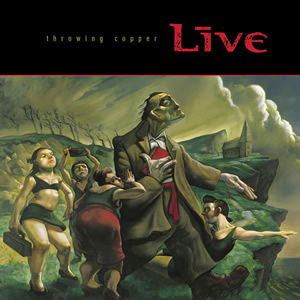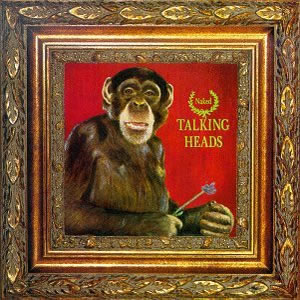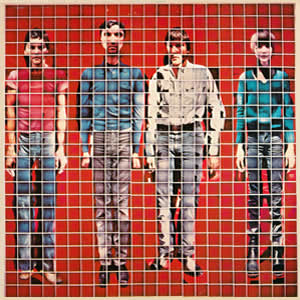Throwing Copper by Live
Buy Throwing Copper Throwing Copper is the second and most popular album by the Pennsylvania rock band Live. A signature album for the genre which would later be termed, “post grunge”, the album […]

Buy Throwing Copper Throwing Copper is the second and most popular album by the Pennsylvania rock band Live. A signature album for the genre which would later be termed, “post grunge”, the album […]

Buy Naked Talking Heads eighth and final album was Naked , released in 1988. The album was an attempt at a quasi-concept album which brings the listener to an ironically serene world following […]

Buy More Songs About Buildings and Food The second album by Talking Heads, 1978’s More Songs About Buildings and Food got its sarcastic title by addressing the cliche of the “sophomore jinx” where […]